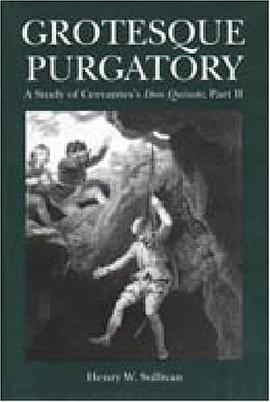

具体描述
Cervantes's great novel Don Quixote is a diptych, the first part of which was published in 1605 and the second in 1615. Focusing almost entirely on the novel's second part, Henry W. Sullivan is the first critic to offer a systematic account of Don Quixote's passage from madness to sanity. Sullivan argues that Part II of the novel is a salvation epic, within which the Cave of Montesions episode is the single most important pivot in the Knight's confrontation with his own emotional difficulties.In this carefully researched and challenging study, Sullivan shows that chapters 22-24 (the Cave of Montesinos episode) represent an entrance into Purgatory, while chapter 55 is the exit from this realm. The Knight and his Squire are made to suffer excruciating torments in the chapters in between, experiencing a Purgatory in this life. This original reading of the book is coupled with an explanation that this Purgatory is "grotesque" since Don Quixote's and Sancho's sins are venial and can thus be cleansed by theological means against a background of comedy. By combining these two aspects, Sullivan exposes both the deeply agonizing and the comic aspects of the text. In addition, the combination of theological interpretation and Lacanian analysis to show Don Quixote's salvation/cure in this life results in a truly comprehensive vision of the Knight's progress. Sullivan also summarizes, in five different streams of critical tradition, the accumulated reception history of the Cave of Montesinos incident, drawing on scholarly writings from the nineteenth century to the present.
作者简介
目录信息
读后感
评分
评分
评分
评分
用户评价
相关图书
本站所有内容均为互联网搜索引擎提供的公开搜索信息,本站不存储任何数据与内容,任何内容与数据均与本站无关,如有需要请联系相关搜索引擎包括但不限于百度,google,bing,sogou 等
© 2025 book.quotespace.org All Rights Reserved. 小美书屋 版权所有




















